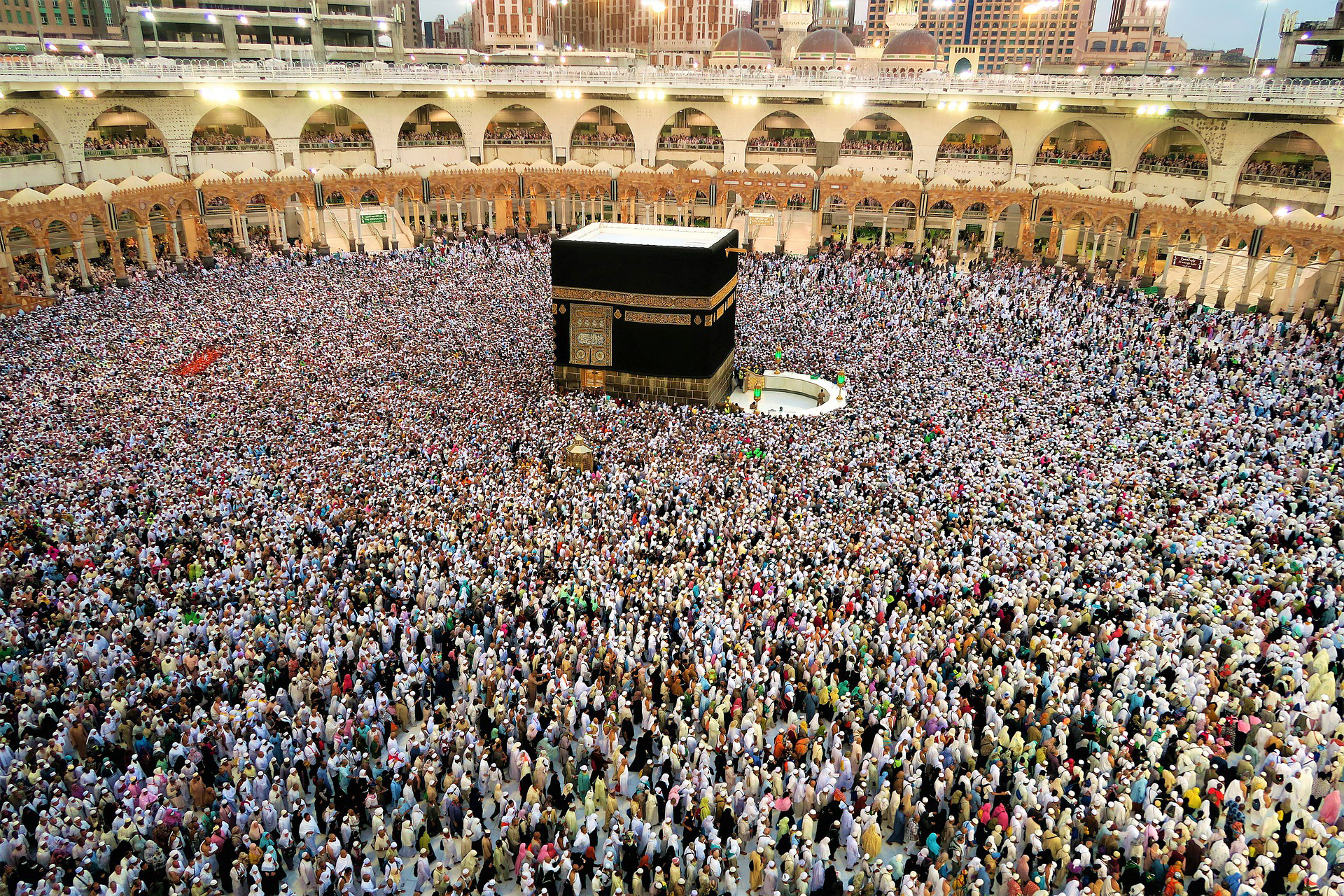(THIS ARTICLE IS MACHINE TRANSLATED by Google from Norwegian)
Disputes between Sunni and Shi'a Muslims arose over a disagreement over who would govern the Muslim state after the Prophet Muhammad died without a male descendant in 632. Those we today call Sunnis imagined an oligarchy in which the most suitable were designated as Caliphs. The ones we call Shias today believed the caliph had to come from Muhammad's family: his cousin and son-in-law, Ali. The Sunnis' caliphate quickly developed into a dynastic monarchy where the leader did not have theocratic power, while the Shiites held the notion that religious and political power was united in the Imam.
Structurally speaking, the development in Islam after this is similar to that of Christianity: Real or mythical events that are symbolically added to the power are pointed out. There are deviant teachers – these are usually fought as heretical. And of course, any religious community with aspirations to survive must keep a close eye on the political rulers at all times.
Geopolitical strife
An important year in the battle between Sunnis and Shias is when the Safavide dynasty was founded Iran in 1501. Here Shiism was made state religion in the sense that it legitimized the interests of the state. This in turn sparked a long-standing geopolitical battle with the Ottoman Empire, whose leader called himself the Caliph and who sought to hold and defend Sunni orthodoxy. A large number of wars followed, and Iraq in particular was on the line. Iraq is still the most important intersection between Sunni and Shia. Shia Islam has remained a fundamental feature of Iran, regardless of who has been in power. This has led to that Iran perceive himself as Shia Islam's guardian globally, and use it to gain political power. This, in turn, has caused Shiite Muslims in other countries to have problems because they are rightly or wrongly suspected of being Iranian agents. Of course, it causes problems with the coexistence of the two directions in many Islamic countries.
The explanation that they do not have this advanced science themselves is because that is true
Islam has been disguised in the course of time.
If we only look at religious practices, the difference between Sunni and Shia is not very big. The question of who should follow Muhammad means little or nothing now. Today, history and perceptions about who to govern are primarily used as terminology and models in a political power struggle. When contradictions arise, it is because the dividing lines between Sunni and Shia overlap with other divisions of a social, political, ethnic or economic nature. IN Saudi-Arabia for example, the Shia have a notion that they represent the indigenous people who have been displaced by the Sunnis who now dominate.

European expansion
From the end of the 1700th century, the Muslim world found itself surrounded and pressured by European expansion. The situation forced Muslim intellectuals and political elites to marvel at the unfavorable balance of power. What were the sources of European power? Why had the Muslims – recipients of the ultimate heavenly message – been unable to achieve the same degree of technological and economic progress? The answers given provided the foundation for we are (also called the Arab Renaissance).
While some secular politicians and intellectuals felt that in some areas it was necessary to follow Europe's example in the development of a national identity, state centralization or in the application of modern natural science, religious scholars and intellectuals, above all, needed to rediscover the true nature of Islam meaning by directing religion back to the Prophet and the first caliphs.
The internal contradictions between Muslim groups are so great that they are primarily
is committed to fighting each other.
This ambivalent attitude towards the West can also be found in the Islamist movements that gradually grew. Although the West is the enemy, they acquire Western science and technology. The explanation for not having this advanced science itself is that true Islam has been disguised in the course of time. We find Islamist movements both in Sunnis and Shia. In Shi'as always led by scribes, while this is not always the case with Sunnis.
Internal contradictions
The idea of a pan-Islamic uprising appears on a regular basis: All Muslims should rally around "true Islam" and resist the enemies of Islam, and many in the West see this as a nightmare. According to Louère's book, there is little reason for such concern: The internal contradictions between Muslim groups are so great that they are primarily concerned with fighting each other. In the news, this is often presented as contradictions between Sunnis and Shi'ites, but Louër believes these are drapes over other real lines of conflict.
In Sunnis and Shi'a she goes through the historical background of the two main directions of Islam. The lines are quickly drawn to the present, where she examines the conflict in several of the most important Islamic countries. The book provides a good real-political explanation of conflicts that can often appear exotic and confusing to non-Muslims.






